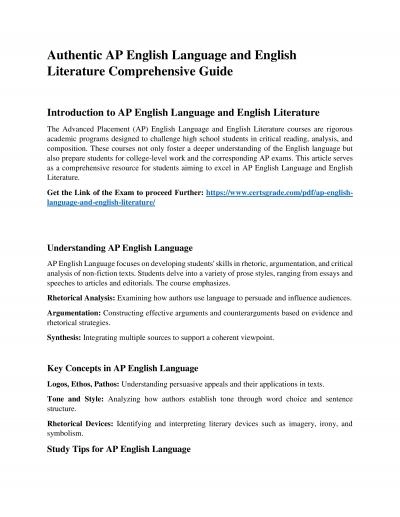PPT-AP English Language Basic Course Concepts
Author : cheeserv | Published Date : 2020-06-15
APEL Course Premise Analyze nonfiction texts Analyze HOW a writer presents their message Discuss HOW a device affects a text on micro and macro levels Compose
Presentation Embed Code
Download Presentation
Download Presentation The PPT/PDF document "AP English Language Basic Course Concept..." is the property of its rightful owner. Permission is granted to download and print the materials on this website for personal, non-commercial use only, and to display it on your personal computer provided you do not modify the materials and that you retain all copyright notices contained in the materials. By downloading content from our website, you accept the terms of this agreement.
AP English Language Basic Course Concepts: Transcript
Download Rules Of Document
"AP English Language Basic Course Concepts"The content belongs to its owner. You may download and print it for personal use, without modification, and keep all copyright notices. By downloading, you agree to these terms.
Related Documents

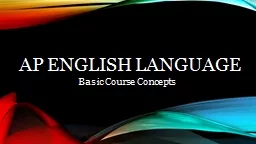
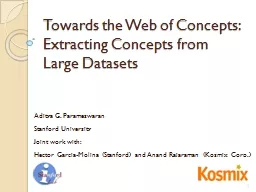
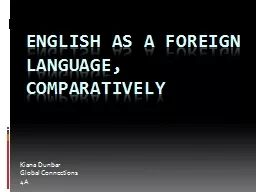
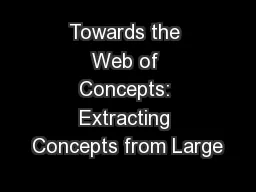
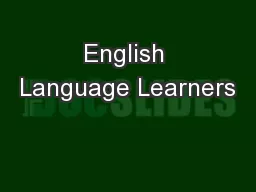
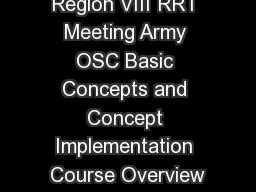
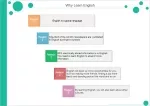
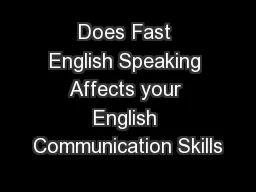
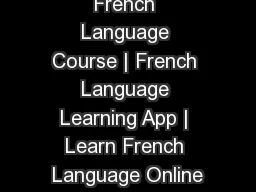
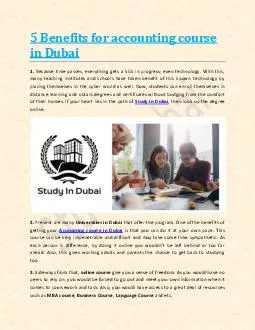
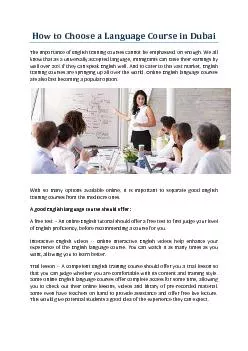
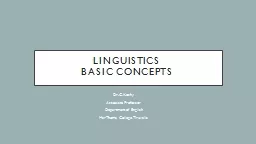
![get [PDF] Download West\'s Spanish English English Spanish Law Dictionary: Translations](https://thumbs.docslides.com/1019677/get-pdf-download-west-s-spanish-english-english-spanish-law-dictionary-translations-of-terms.jpg)
